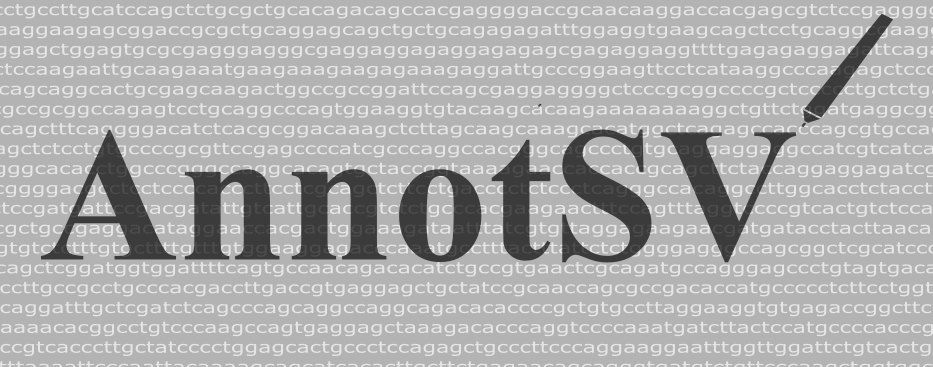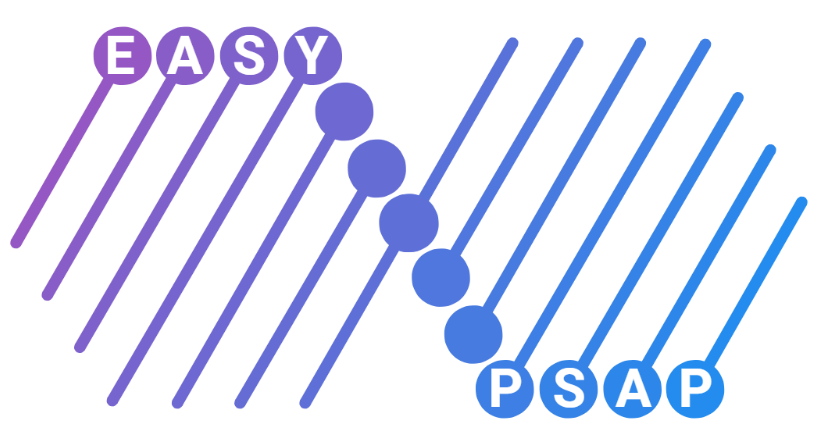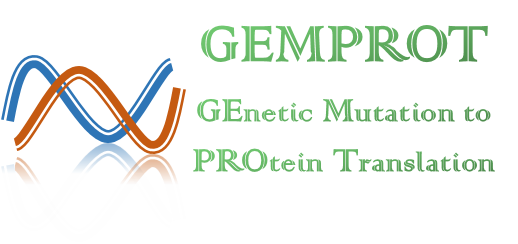AnnotSV
Annotation and Ranking of Human Structural Variations

|
AnnotSV (Geoffroy et al., 2021, 2018) is a program designed for annotating and ranking Structural Variations (SV). This tool compiles functionally, regulatory and clinically relevant information and aims at providing annotations useful to i) interpret SV potential pathogenicity and ii) filter out SV potential false positives. Different types of SV exist including deletions, duplications, insertions, inversions, translocations or more complex rearrangements. They can be either balanced or unbalanced. When unbalanced and resulting in a gain or loss of material, they are called Copy Number Variations (CNV). CNV can be described by coordinates on one chromosome, with the start and end positions of the SV (deletions, insertions, duplications). Complex rearrangements with several breakends can arbitrary be summarized as a set of novel adjacencies, as described in the Variant Call Format specification VCF v4.3 (Jun 2020). |
External link to AnnotSV






